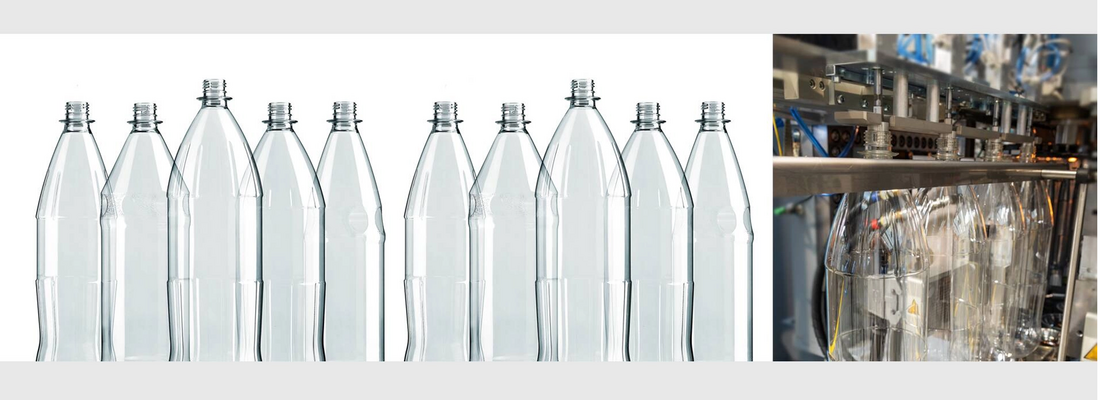Refillables are emblematic of the circular economy, but they also represent another circle. Back in the 1960s and 70s, refillable glass bottles were extremely popular in Northern Europe and North America in particular. But then return schemes all but disappeared during the 1980s and ‘90s, as metal cans and single-use PET bottles gained dominance.
Now, sustainability issues are pushing drinks packaging to return to its roots. One example from industry: Coca-Cola wants to increase its use of refillable bottles (glass and PET) to 25% by 2030 Coke and other brands want bottles to last for at least 15 trips, preferably many more: 25 is regarded as realistic. Under the European Green Deal, new regulations say the market share of bottles for non-alcoholic beverages in reusable/refillable packaging should reach 10% by 2030, rising to 40% by 2040.
In Europe, there have been widespread rollouts of new deposit return schemes (DRS). National governments are developing their laws to mandate more sustainable plastics packaging. France for example banned the sale of single-use plastic water bottles in public places in 2020. In the USA, the number of specialist refillable water stations has increased by 50% over the last five years. In parts of Latin America, returnable bottles never left the mainstream.
So now one has an ideal scenario for improving bottle-to-bottle circularity.
SIPA has for many years been in the vanguard of the “3Rs” movement: Reduce, Reuse, Recycle. It regards refillable PET – RefPET – bottles as one important answer to solving the global packaging sustainability problem. RefPET bottles combine the advantages of one-way PET bottles and multi-use glass ones. Logistical limitations to their adoption are being addressed.









